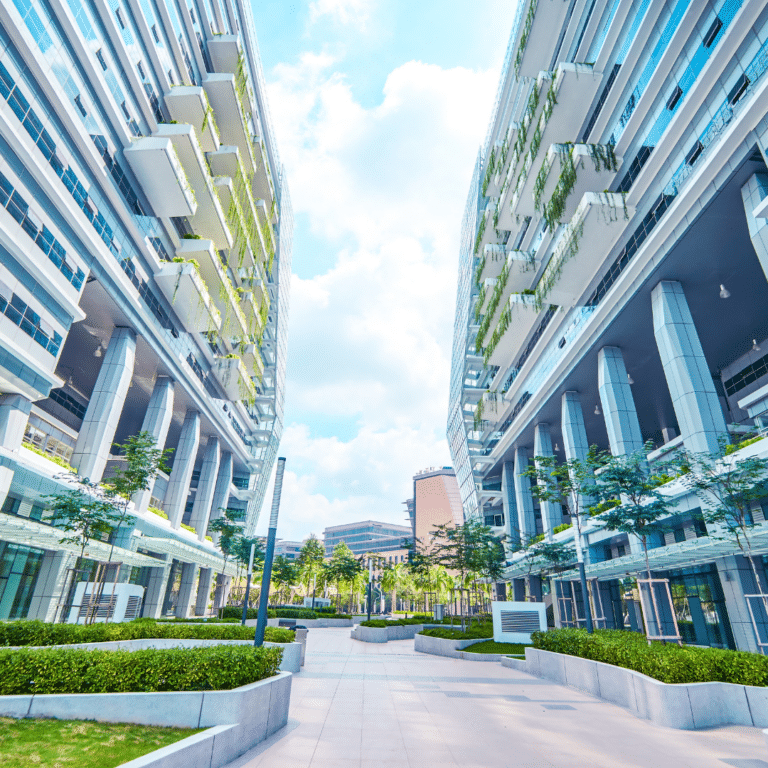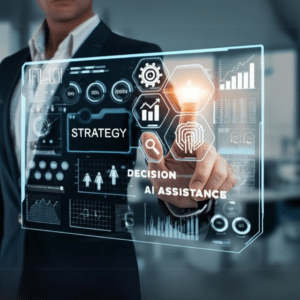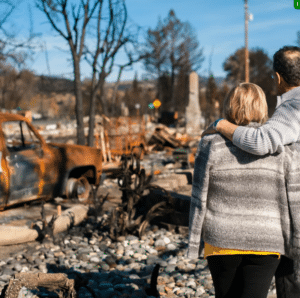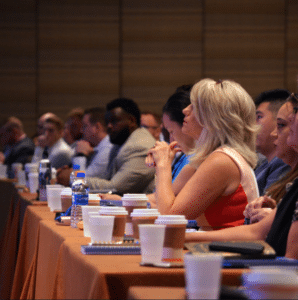Sustainable construction has evolved from a trend to a critical requirement. As federal agencies increasingly prioritize eco-friendly practices, the push for sustainable construction has intensified. However, this shift introduces significant challenges. In this blog, Wiipica examines key obstacles faced by construction companies in sustainable construction efforts and the innovative solutions that address these challenges.
Sustainable construction faces key challenges, including navigating complex regulatory requirements, balancing cost with sustainability, integrating rapidly evolving sustainable technologies, and ensuring the quality and durability of materials.
Key Takeaway:
- Compliance with complex regulations in sustainable construction requires ongoing training, regular audits, and strong regulatory relationships.
- Sustainable construction can be cost-effective by conducting lifecycle cost analysis, using value engineering, and leveraging incentives.
- Staying updated with technological advancements through continuous innovation, pilot programs, and strategic partnerships is crucial for integrating sustainable technologies.
- Rigorous material testing, reliable vendor partnerships, and strict quality assurance processes ensure that sustainable construction delivers long-term durability and value.
Navigating Regulatory Requirements
Federal construction projects are governed by a complex array of regulations and standards, including the Federal Acquisition Regulation (FAR) and various environmental protection laws. The diverse and project-specific nature of these regulations can make compliance daunting.
To effectively manage these requirements, construction companies involved can:
- Conduct Regular Training: Ensure teams stay informed on regulatory changes through ongoing education.
- Perform Compliance Audits: Regularly audit projects to verify adherence to sustainability standards.
- Build Collaborative Relationships: Maintain strong connections with regulatory bodies to facilitate communication and swiftly resolve issues.
By proactively managing compliance, companies set a benchmark for excellence in sustainable construction.
Balancing Cost and Sustainability
A common misconception is that sustainable construction is prohibitively expensive. While some green technologies may have higher upfront costs, the long-term benefits often outweigh these initial expenses.
To balance cost and sustainability you must:
- Lifecycle Cost Analysis: Assess the long-term savings of sustainable practices against initial investments, often revealing significant financial benefits over time.
- Value Engineering: Identify cost-effective alternatives that do not compromise sustainability, such as using locally sourced materials to reduce costs and carbon emissions.
- Leveraging Incentives: Utilize federal and state incentives to offset initial costs, making it more financially accessible.
This approach ensures that sustainability and cost-effectiveness go hand in hand, making sustainable construction a viable option.
Integrating Sustainable Technologies
Staying ahead of rapid technological advancements in sustainable construction is challenging. Innovations like solar panels, smart systems, and efficient HVAC solutions continuously evolve.
To effectively integrate cutting-edge technologies be sure to:
- Continuous Innovation: Prioritize ongoing learning through industry conferences and workshops to stay updated on the latest green technologies.
- Pilot Programs: Test new technologies on smaller projects to refine approaches before scaling up.
- Strategic Partnerships: Collaborate with leading technology providers to gain early access to innovations, ensuring the use of the most advanced solutions available.
By staying at the forefront of technological advancements, projects in sustainable construction are equipped with high-quality, sustainable solutions.
Ensuring Quality and Durability
There is a perception that sustainable materials may lack the durability of traditional ones, raising concerns about the longevity of green buildings.
To prioritize quality and durability you must:
- Rigorous Material Testing: Rigorously assess sustainable materials to ensure they meet specific environmental demands.
- Vendor Reliability: Partner with trusted vendors who supply materials that meet high-quality standards.
- Quality Assurance: Implement meticulous quality assurance processes to maintain rigorous standards throughout the construction process.
Focusing on durability ensures that sustainable construction projects provide long-term value and resilience.
Overcoming Challenges with Sustainable Construction Excellence
Sustainable construction is essential for meeting the evolving demands of federal projects. Despite challenges like regulatory complexity and technology integration, these obstacles can be overcome with strategic solutions and innovation. Embracing sustainability benefits both the environment and ensures long-term project success and resilience.
At Miami WIIPICA, our commitment to sustainable excellence ensures projects that are environmentally responsible, cost-effective, and built to last. Contact us today to learn how we can build a greener future together and achieve sustainability in your next federal construction project








